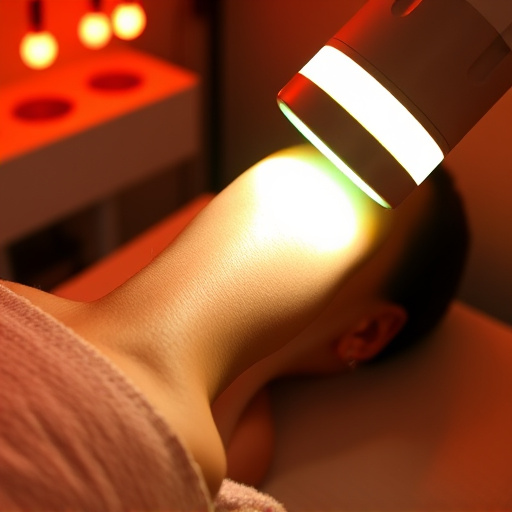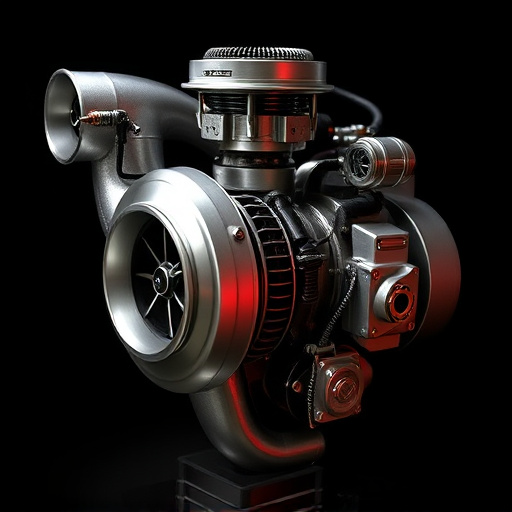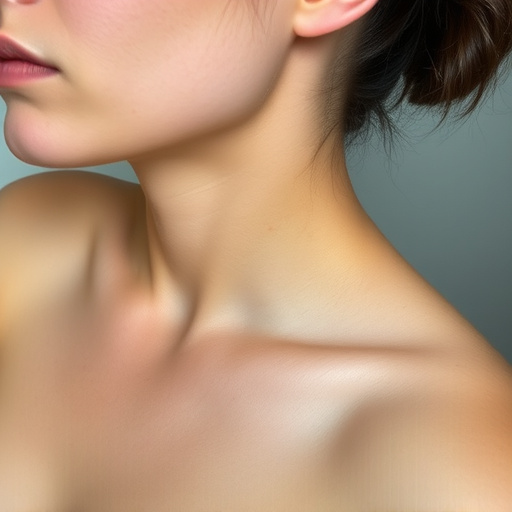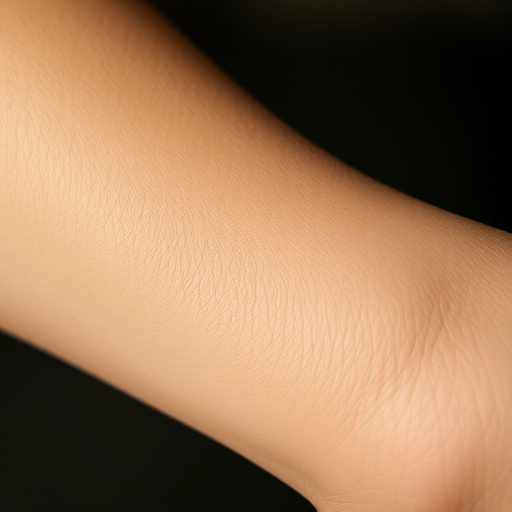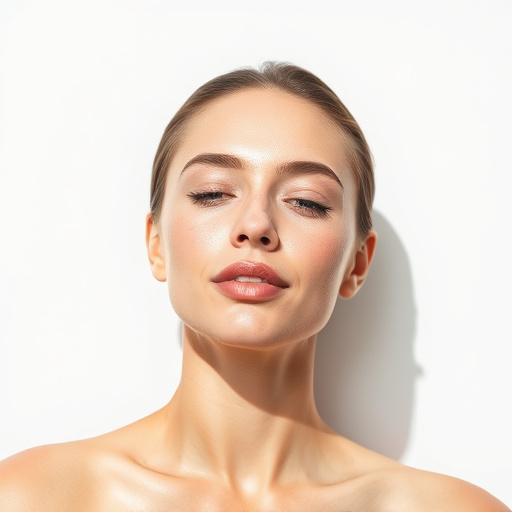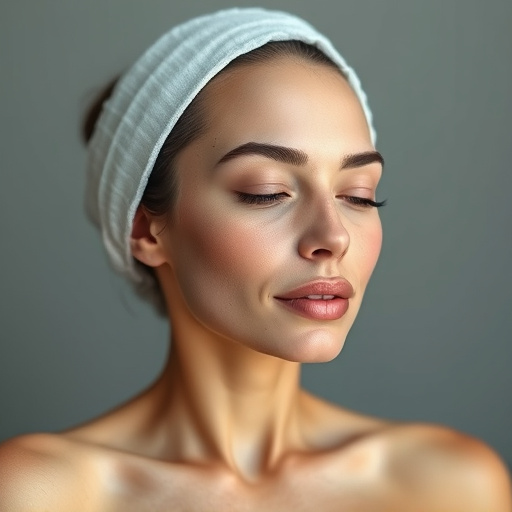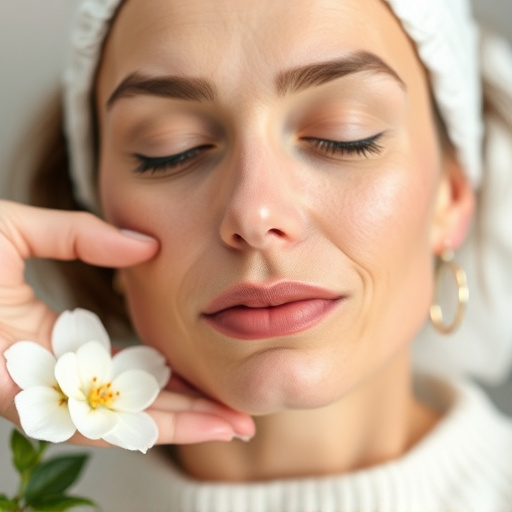Ingrown hair prevention focuses on understanding and addressing causes like irregular removal, skin/hair type, and conditions. Medical spa services, proper shaving techniques, and suitable skincare products aid in exfoliation and pore unclogging. Chemical peels and AHAs/BHAs (e.g., glycolic/salicylic acid) are effective for removing dead skin cells trapping hair follicles, reducing ingrown hairs, and offering additional benefits. Topical treatments with AHAs and salicylic acid promote healthy growth while exfoliating and reducing inflammation, making them a popular, safe, and reliable method for ingrown hair prevention.
Ingrown hairs can be an unsightly and uncomfortable issue, but understanding the science behind them is key to effective prevention. This article delves into the root causes and risk factors of ingrown hairs, exploring proven methods for reliable ingrown hair prevention. From chemical exfoliation as a powerful tool to the efficacy of topical treatments, discover evidence-based strategies to keep your skin smooth and bump-free. Learn how to navigate the science behind ingrown hair prevention for lasting results.
- Understanding Ingrown Hair Causes and Risk Factors
- Chemical Exfoliation: A Key Prevention Technique
- Topical Treatments and Their Efficacy in Ingrown Hair Management
Understanding Ingrown Hair Causes and Risk Factors

Ingrown hair prevention begins with understanding its causes and risk factors. Ingrown hairs typically occur when the hair shaft becomes trapped beneath the skin’s surface during exfoliation or shaving, often due to irregular hair removal techniques. Factors such as skin type, hair texture, and skin conditions like eczema or psoriasis can increase the likelihood of ingrown hairs. Irregular pore refinement and inadequate skincare routines contribute significantly to this issue.
Regular medical spa services designed for skin health can aid in ingrown hair prevention. Professional treatments, including chemical peels and microdermabrasion, help exfoliate the skin and unclog pores, reducing the chances of hair entrapment. Additionally, estheticians can provide guidance on proper shaving techniques and suitable skincare products to promote healthier, smoother skin and minimize the occurrence of ingrown hairs.
Chemical Exfoliation: A Key Prevention Technique

Chemical exfoliation is a powerful tool in the arsenal against ingrown hairs. This technique involves applying chemicals to gently strip away dead skin cells, unclogging hair follicles and preventing the formation of ingrown hairs. By eliminating these dead skin cells, which can trap hair follicles under the surface, chemical exfoliants allow for smoother, healthier skin.
Popular agents used in this process include alpha hydroxy acids (AHAs) like glycolic acid and beta hydroxy acids (BHAs) such as salicylic acid. These chemicals work by dissolving the glue-like substance that binds dead skin cells together, promoting sloughing and revealing smoother, brighter skin. Incorporating chemical peels or regular use of over-the-counter exfoliators with these active ingredients into your skincare routine can significantly reduce the occurrence of ingrown hairs, alongside potential side benefits like improved skin texture and enhanced skin brightening.
Topical Treatments and Their Efficacy in Ingrown Hair Management
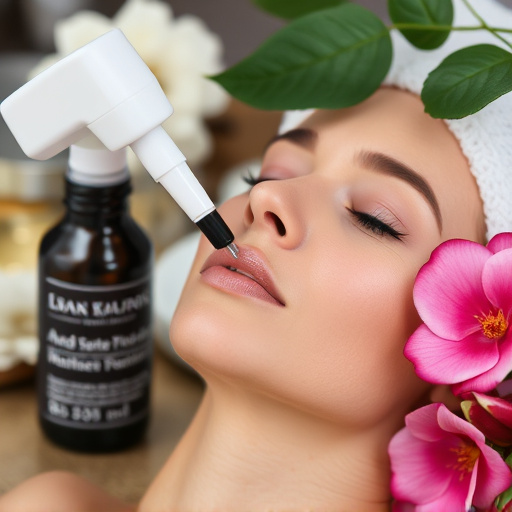
Topical treatments have emerged as a popular and effective method for ingrown hair prevention, offering a non-invasive approach to managing this common skin concern. These treatments focus on addressing the root cause of ingrown hairs by utilizing active ingredients that promote healthy skin and hair growth. Common active components include alpha hydroxy acids (AHAs), such as glycolic acid, which exfoliate the skin, unclogging hair follicles and preventing the formation of ingrown hairs. Additionally, ingredients like salicylic acid have anti-inflammatory properties, reducing skin irritation and promoting a smoother, clearer complexion.
When it comes to body contouring, facial treatments, or general aesthetic procedures, topical solutions are often the first line of defense against ingrown hairs. Their effectiveness lies in their ability to gently yet persistently target problem areas, ensuring long-lasting results without causing significant discomfort or side effects. This makes them a preferred choice for individuals seeking a safe and reliable method of ingrown hair prevention, complementing various beauty routines and enhancing overall skin health.
Ingrown hair prevention is a multifaceted approach, combining understanding of causative factors like shaving techniques and skin type with evidence-based methods such as chemical exfoliation and targeted topical treatments. By integrating these strategies into daily routines, individuals can effectively manage and prevent ingrown hairs, achieving smoother, healthier skin. For reliable results, it’s essential to adopt a consistent approach tailored to individual needs, ensuring long-term ingrown hair prevention.

